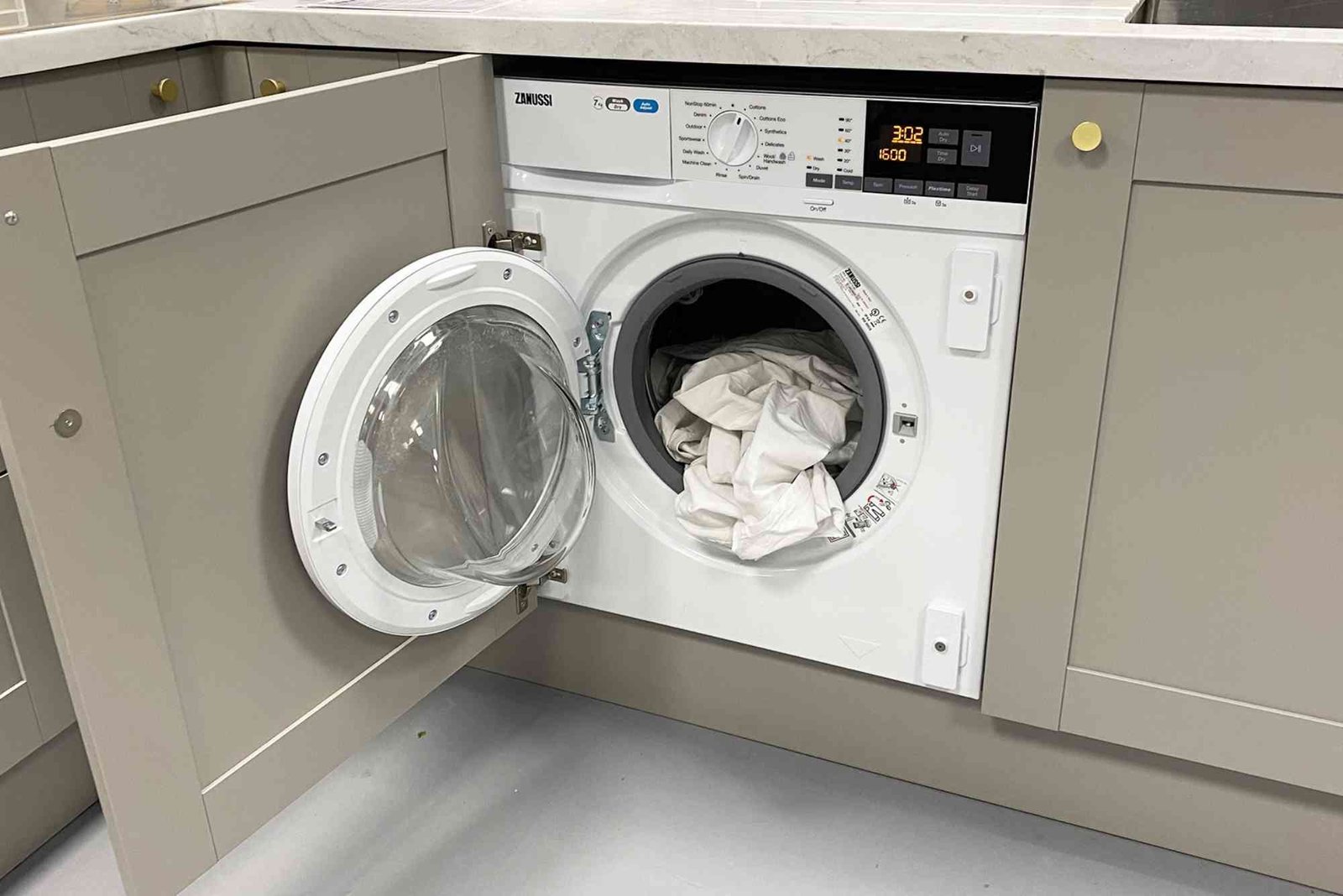Introduction
Knowing the complete car service history is one of the most important steps when buying or maintaining a vehicle. A car’s past can tell you a lot — from how well it has been maintained to whether it has experienced any major repairs or accidents. This detailed guide shares Practical Tips: To Check Car Service History, helping you make confident decisions and avoid costly surprises. Whether you’re purchasing a used car or verifying your own vehicle’s maintenance, understanding how to check and interpret service history ensures your car’s reliability and long-term value.
Why Checking Car Service History Matters
A car service history acts as a health report for your vehicle. It lists every repair, replacement, and maintenance activity performed over time. Ignoring this crucial record can lead to unexpected breakdowns, hidden mechanical issues, and financial loss. When a vehicle has a transparent history, you gain trust in its condition, mileage accuracy, and previous ownership. On the other hand, missing or fake records can indicate neglect or potential fraud.
How To Check Car Service History
There are several reliable ways to verify your car’s past maintenance details. Whether you’re inspecting a used car or reviewing your own, here’s how you can uncover its complete record with accuracy and ease.
Request the Logbook or Service Book
The simplest and most traditional way to check service history is through the physical logbook or service booklet. This document is usually stamped and signed by authorized service centers after each maintenance visit. Review these entries carefully — note the mileage, date, and type of service performed. Consistent entries indicate responsible ownership, while long gaps may suggest irregular maintenance.
Contact the Manufacturer or Dealership
Many car brands maintain centralized digital databases that record every service done at their authorized workshops. You can call the manufacturer’s customer service line or visit their website to request access. Simply provide the Vehicle Identification Number (VIN) or registration number, and they can often generate a full service history report. Brands like Toyota, Honda, and BMW offer online portals where owners can track repairs and updates seamlessly.
Use Online Service History Check Platforms
Several online tools and government-approved databases allow users to check car service and MOT (Ministry of Transport) records. For example, in the UK, you can use the official government MOT check website by entering the car’s registration number. In other countries, there are third-party apps or vehicle history services that provide detailed reports including accident records, recalls, and service intervals. Always ensure the website is legitimate and authorized to access such data.
Verify Records with the Previous Owner
If you’re buying a used car, don’t hesitate to ask the seller for maintenance receipts and invoices. These documents can confirm whether regular oil changes, brake replacements, or timing belt services were completed. A genuine seller will have no problem showing you these proofs. Cross-check the details with the logbook entries to ensure consistency.
Visit an Authorized Service Center
Authorized dealerships and service centers maintain digital logs of every vehicle serviced through their network. By visiting one of these centers, you can ask for a service printout. They can confirm the authenticity of past records and inform you if any recalls or major repairs were conducted. This method provides official verification and peace of mind.
Check for Digital or Online Car Portals
Modern vehicles often come with integrated apps or online owner accounts where you can view your car’s maintenance details. Brands like Ford, Tesla, and Hyundai offer this feature through their connected services. Logging into these platforms gives you access to mileage updates, oil change reminders, and complete service history.
Red Flags in a Car Service History
While reviewing a vehicle’s record, you must stay alert for warning signs that indicate possible issues. One of the biggest red flags is inconsistent mileage — for example, when the mileage recorded suddenly drops or remains unchanged for long periods. This may point to odometer tampering. Another sign is missing records for crucial services like timing belt replacement or transmission maintenance. Sudden major repairs without prior history of related issues might indicate accident damage. Always compare the car’s physical condition with its documented history to detect any discrepancies.
Benefits of Verifying Car Service History
Understanding a vehicle’s service background offers multiple benefits beyond simple maintenance. Firstly, it helps you estimate the car’s true market value. A well-documented history can increase resale price, while a missing one reduces buyer confidence. Secondly, it ensures safety. Cars that are serviced regularly tend to perform better, consume less fuel, and have fewer breakdowns. Lastly, a complete service record can help with warranty claims since manufacturers often require proof of regular servicing to honor warranties.
Expert Practical Tips: To Check Car Service History
When checking a car’s history, use a systematic approach. Begin by verifying the VIN on the logbook, chassis, and service records. Next, confirm that the service intervals match the manufacturer’s recommendations. For example, most vehicles require oil changes every 5,000 to 10,000 kilometers. Compare this pattern to the service stamps. Always ensure the garage performing the service is reputable and recognized. In case of online reports, validate the authenticity by checking the issuing company’s credentials. If something looks suspicious or inconsistent, consult a professional mechanic for an inspection.
If you’re exploring other automotive maintenance insights, check out this Related Automobile article which offers practical guides and DIY tips.
The Role of VIN in Service History Checks
The Vehicle Identification Number (VIN) is your best tool for uncovering a car’s past. This unique 17-character code acts like a fingerprint for vehicles. You can locate it on the dashboard near the windshield, inside the driver’s door frame, or in the vehicle registration papers. By entering the VIN into official databases or service portals, you can retrieve information about maintenance, recalls, and even accidents. Never skip this step — it ensures you’re getting accurate, tamper-free records.
How to Maintain an Accurate Service Record
Keeping your own car’s service history complete and up-to-date is just as important as checking someone else’s. Always request a detailed invoice after every service and keep it in a safe place. If possible, scan these documents and store them digitally. Mark your calendar for upcoming maintenance tasks such as oil changes or tire rotations. Using the manufacturer’s app or service tracking tools helps automate this process. Well-kept records not only make your life easier but also increase the resale value of your vehicle.
Common Mistakes to Avoid When Checking Service History
One common mistake car buyers make is relying solely on verbal assurances from the seller. Always demand written proof. Another error is overlooking small gaps in service intervals. Even missing one major service could result in hidden mechanical damage. Avoid depending on free or unauthorized online tools — some of them display outdated or misleading information. Lastly, never ignore your own observations. If the car’s condition doesn’t match the claimed service record, dig deeper before finalizing your decision.
Real-World Example: Spotting a Fake Service Record
Consider this example: A buyer found a used car with a perfectly clean record showing regular oil changes and zero accidents. However, during a physical inspection, the mechanic noticed mismatched paint and new front parts — signs of a previous collision. After cross-checking with the dealership, it turned out the service book was forged. This example proves why verifying through official channels and physical inspection is essential before trusting any document.
Verifying a car’s service history is one of the smartest ways to protect yourself from fraud, ensure safety, and preserve your vehicle’s long-term value. By following these Practical Tips: To Check Car Service History, you can confidently evaluate any car’s maintenance record, spot inconsistencies, and make informed decisions. Whether you’re a new buyer or a seasoned driver, taking a few minutes to review this information can save you thousands in repairs and headaches later. For additional automotive tips and maintenance advice, explore How To Check Car Service History and Learn more about keeping your car in peak condition.
FAQs
How can I check my car’s service history online?
You can check your car’s history through the manufacturer’s website, authorized dealership portals, or government MOT check platforms using your VIN or registration number.
What if my car has no service history?
If your car lacks records, contact previous owners, dealerships, or service centers to retrieve any available data. Keep detailed invoices for future maintenance to start a new record.
Is it possible to fake a car service history?
Unfortunately, yes. Some sellers forge service stamps or receipts. Always verify details through official sources or contact the garages listed on the record for confirmation.
Does missing service history reduce car value?
Yes, cars without documented service history usually have a lower resale value since buyers view them as higher-risk investments.
What’s the best way to keep a service history record?
Always request invoices after every service and store them both physically and digitally. Regularly update manufacturer apps or online portals with new maintenance data.
By understanding and applying these Practical Tips: To Check Car Service History, you safeguard your investment, enhance your car’s performance, and drive with confidence knowing your vehicle’s full background.




